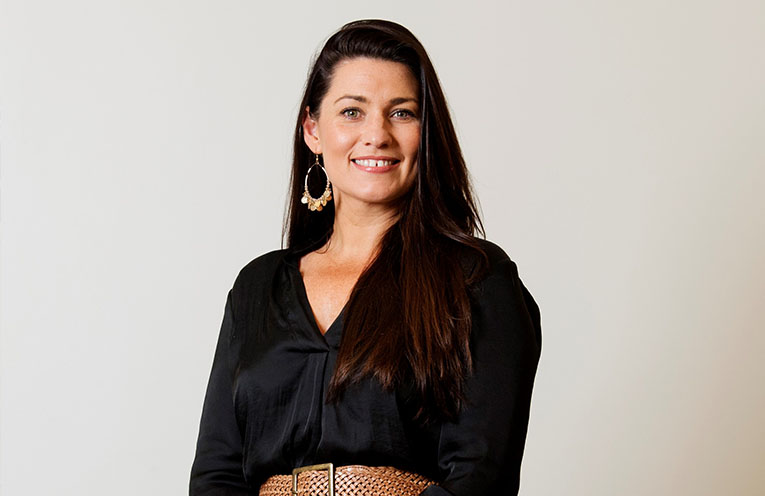
A NEW report by the Australian Institute of Health and Welfare (AIHW) has found the majority of Aboriginal and Torres Strait Islander children in out-of-home care were living with relatives, kin or Indigenous caregivers in 2018–19.
 Advertise with News of The Area today.
Advertise with News of The Area today.It’s worth it for your business.
Message us.
Phone us – (02) 4981 8882.
Email us – media@newsofthearea.com.au
The report, The Aboriginal and Torres Strait Islander Child Placement Principle Indicators (ATSICPP) 2018–19:
measuring progress, brings together the latest state and territory data on five ATSICPP indicators that measure and track the application of the placement and connection elements of the framework.
‘The ATSICPP is a framework designed to promote policy and practice that will reduce the over-representation of Aboriginal and Torres Strait Islander children in the child protection system,’ said AIHW spokesperson Ms Louise York.
As at June 2019, nearly two-thirds (63% or about 11,300 out of 18,000) of Indigenous children in out-of-home care were living with Indigenous or non-Indigenous relatives or kin or other Indigenous caregivers.
This proportion has been relatively stable since June 2017.
Almost 1 in 5 (19%) Indigenous children in out-of-home care, in 6 states and territories, were reunified with parents, family or former guardians in 2018–19, out of 4,700 children who were candidates for reunification.
Naarah Rodwell, CEO of Out Of Home Care provider CASPA Services Ltd CEO, commented on the findings of the report to News Of The Area.
“The most important piece of work that needs to be driven by all stakeholders in the sector is the importance of finding family.
There is always someone out there that knows and loves a child and can step up when needed and this is especially true in Aboriginal and Torres Strait Islander (ATSI) families and communities.”
Ms Rodwell said “Reducing the rising rates of ATSI children in OOHC can be done if we continue to be innovative in our approach, utilise the strength that exists within families and communities and seek to be preventative rather than reactive.”
Ms Rodwell was referring to the findings which show the rates of Indigenous children receiving child protection services and in out-of-home care is continuing to rise, despite the acknowledgement of the importance of the ATSICPP framework.
In 2018–19, 51,500 Indigenous children received child protection services, a rate of 156 per 1,000 Indigenous children—an increase from 42,900 or 134 per 1,000 in 2014–15.
The number and rate of Indigenous children in out-of-home care also increased from 15,500 to 18,000, and from 48 to 54 per 1,000 Indigenous children.
By Sandra MOON
